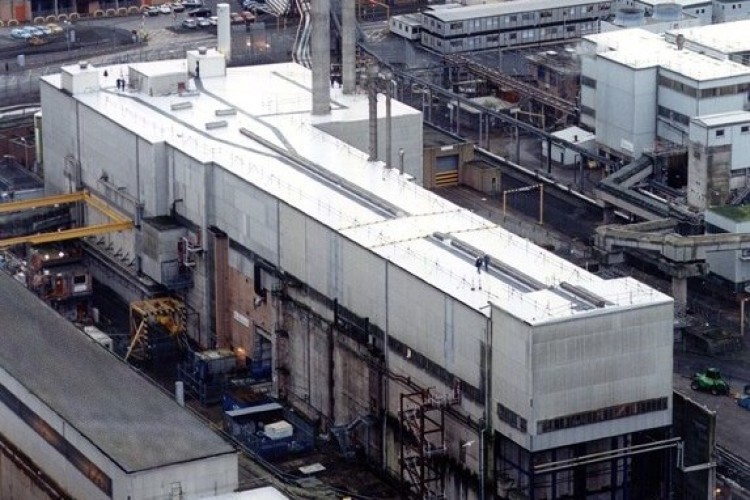It turns out they have been over-engineering the storage facilities.
Scientists studying intermediate level waste (ILW) in one of Sellafield power station’s historic stores have unearthed previously unknown information about the material’s long-term behaviour.
In a statement published by the Nuclear Decommissioning Authority (NDA), the discovery is being described as “a breakthrough in the management of nuclear waste”.
The discovery suggests that current packaging and disposal of ILW is significantly over-engineered. Instead, it could be made cheaper, reducing the timescales and costs associated with decommissioning redundant nuclear facilities.
The research focused on the chemical behaviours of ILW stored in the Magnox Swarf Storage Silo – one of the UK’s most hazardous buildings, which has been prioritised for clean-up by the NDA.
Previously, a 22-step mechanical treatment and encapsulation process was thought necessary to manage and ultimately dispose of ILW stored in silos constructed over 50 years ago. But the study’s findings suggest that an alternative three-step solution, that stores the waste ‘raw’ with concrete grout inside a shielded container, is ample. Switching to this new method could speed up the decommissioning of the silo by several years. The technique could also be applied to other redundant nuclear facilities in the UK and around the world.
NDA strategy and technology director Adrian Simper said: “This research has delivered the underpinning to what could be a paradigm shift in the management of nuclear waste. Having a greater understanding of the long-term behaviour of this material allows us to design a truly fit-for-purpose approach to its management and disposal.

“To be able to deliver a technical solution to historic ILW at Sellafield, which not only offers a safe and secure route but also opens up the possibility of a quicker and cheaper alternative to current technology, is a genuinely exciting development.”
The four-year study was led by the NDA, Sellafield Ltd and the National Nuclear Laboratory, with academics from the universities of Bristol, Leeds and London South Bank. It focused on the corrosion behaviours of magnesium and uranium and shed new light on the hazards these materials pose to people and the environment in the long term.
As a result of this work scientists now believe a safe and secure waste package can be produced using a simpler approach. The waste package would be suitable for interim storage at Sellafield and then, once grouted, final disposal in a UK geological disposal facility.
Radioactive Waste Management, the organisation responsible for developing a geological disposal facility for higher activity wastes, has confirmed that once finished and finally grouted, the waste packages would meet the acceptability criteria for disposal.
It all seems like good news – except for WS Atkins, Mace and Areva, that is. In January 2015 Sellafield Ltd handed their AMA consortium a £1.7bn contract to build the silos direct encapsulation plant (SDP) project for waste from the Magnox Swarf storage silo. This is no longer needed.
Sellafield managing director Paul Foster said: “Although this new approach has resulted in Sellafield Ltd no longer needing to progress the SDP project, I want to commend AMA – the contractor leading the SDP project – for demonstrating excellent leadership throughout their time working for us.
“AMA brought real innovation, skills and knowledge from the beginning of the project, sharing best practice from major infrastructure projects from around the world including the first ‘hybrid cloud’ for storing nuclear information to enable true collaboration by stakeholders and contractors securely across multiple sites,” he added.
Got a story? Email news@theconstructionindex.co.uk



